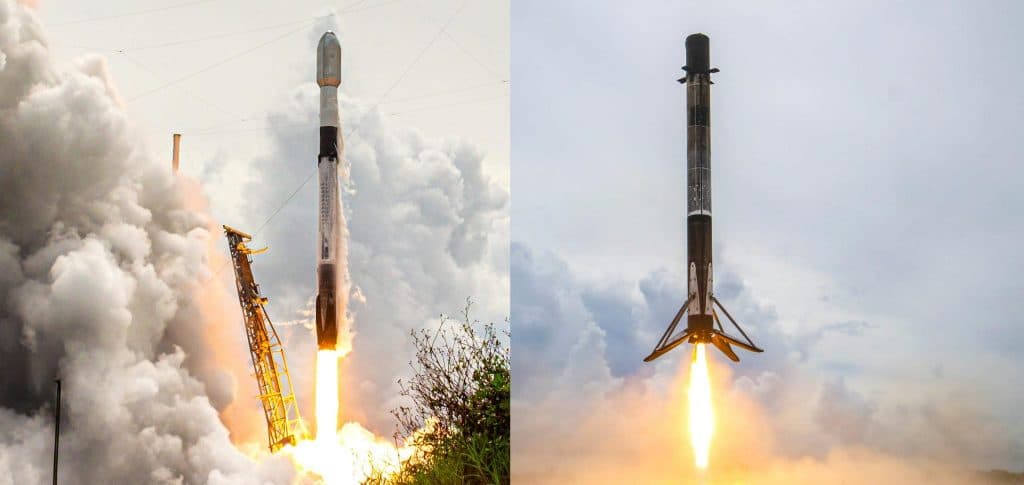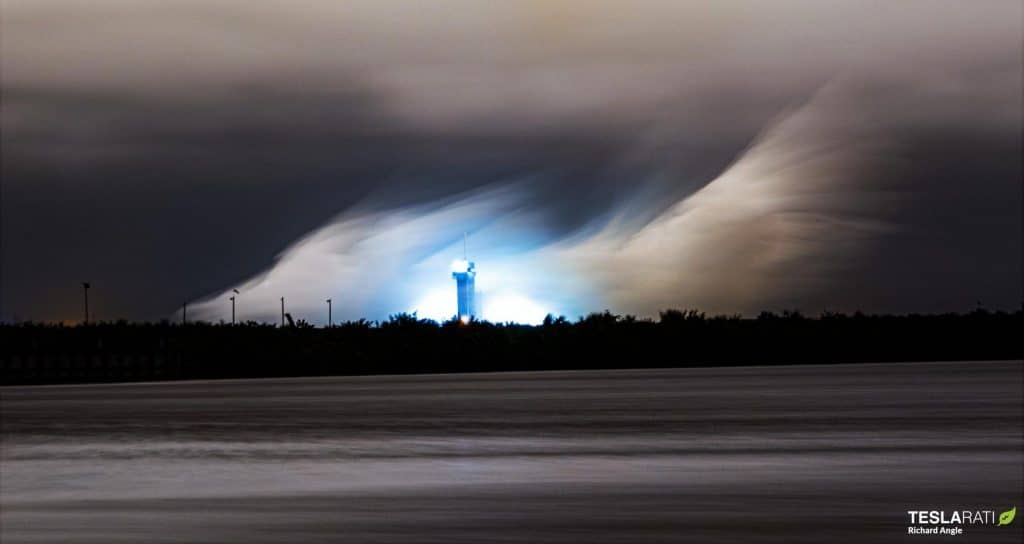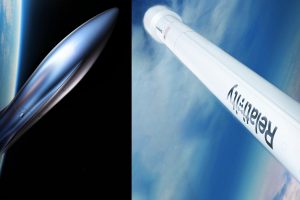Exactly six years after its first successful recovery, SpaceX has landed a Falcon booster for the 100th time.
On December 21st, 2015, the first Falcon 9 V1.2 Full Thrust (Block 1) rocket lifted off from SpaceX’s Cape Canaveral LC-40 launch pad on the company’s return-to-flight mission after a catastrophic in-flight failure just six months prior. Unwilling as ever to waste an opportunity, no matter how important the mission, SpaceX – on top of debuting a major Falcon 9 upgrade – chose to take advantage of the return to flight to attempt to land a Falcon booster back on land for the first time ever. Ultimately, on top of successfully deploying multiple Orbcomm OG2 communications satellites in orbit for a paying customer, Falcon 9 booster B1019 sailed through its boostback, reentry, and landing burns without issue. About nine minutes after liftoff, the rocket ultimately touched down on a concrete “landing zone” just a few miles from where it lifted off with uncanny ease relative to SpaceX’s numerous failed attempts in the ~18 months prior.
Exactly six years later, on December 21st, 2021, Falcon 9 booster B1069 lifted off from Kennedy Space Center (KSC) Pad 39A with an upgraded, flight-proven Cargo Dragon in tow for SpaceX’s 24th International Space Station (ISS) resupply mission. CRS-24 also marked the company’s 31st and final launch of 2021, representing more successful Falcon launches completed in a single year than SpaceX had even attempted in its entire nine-year history up to the point of that first successful booster landing.
Unlike B1019 and its anxiety-ridden launch and first-of-its-kind recovery attempt, Falcon booster landings are now not only routine but expected. For SpaceX, a launch without a landing – intentionally or by accident – is now so unusual that it’s practically more newsworthy than the alternative. Of the 57 launches SpaceX has now completed in the last two years, only 4 did not include a successful booster landing – of which only the loss of one was intentional.
CRS-24 was no different. About nine minutes after liftoff, after a flawless ascent, stage separation, and reentry burn, Falcon 9 B1069 fired up its engines once more and landed softly aboard drone ship Just Read The Instructions (JRTI). Anything less would have been an oddity and a major loss for SpaceX, given that a full four Falcon boosters have already singlehandedly supported nine or more launches. The unintentional loss of any booster is already hard to swallow but it’s even more painful to lose a new booster that might have otherwise bastioned SpaceX’s fleet and supported another 10+ launches in just a year or two.

Thankfully, no such fate befell B1069 and the booster now has a potentially long and productive life of launches in front of it. With just a single NASA mission under its belt, the Falcon 9 is a prime candidate to launch SpaceX’s upcoming Axiom-1 private astronaut mission, though it could just as easily support any number of upcoming missions for the US military, NASA, the Italian Space Agency (ASI), or other major customers.
Now safely in orbit, the uncrewed Dragon 2 capsule C209 – carrying 3 tons (~6500 lb) of cargo – will make its way to the ISS for the second time and dock with the station as early as 4:30 am EDT (09:30 UTC), Wednesday, December 22nd. It’ll be the capsule’s second space station arrival in a little over six months.






